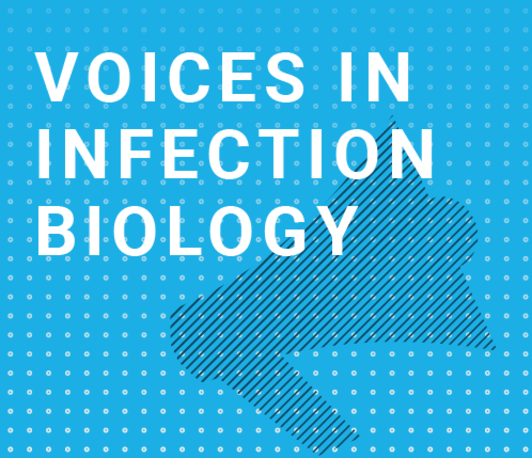Genetic and geographic analyses of the Plasmodium falciparum sickle-associated mutations
Voices in Infection Biology
- Date: May 28, 2025
- Time: 04:00 PM (Local Time Germany)
- Speaker: Gavin Band
- Wellcome Centre for Human Genetics
- Location: Max Planck Institute for Infection Biology
- Room: seminar room 1+2
- Host: Silvia Portugal & Jason Hendry
- Contact: vseminars@mpiib-berlin.mpg.de

The Plasmodium falciparum genome harbours mutations at multiple loci that strongly associate with infections of children carrying sickle haemoglobin (HbS) genotypes. It is presumed that they enable parasites to overcome the protective effects of HbS, raising multiple questions about the underlying biological function and evolution. In this talk, I will describe a series of analyses using genetic data to identify and characterise these ‘Plasmodium falciparum sickle-associated’ (Pfsa+) mutations, and to generate possible functional hypotheses. At some of the loci, the signal appears linked to structural and copy number variable haplotypes which we characterise using short- and long-read sequencing approaches. A natural evolutionary hypothesis would be that the Pfsa+ mutations must be positively selected for in populations where HbS is prevalent, but in fact they have complicated population-genetic features – for example, they are polymorphic across all African populations and are in strong linkage disequilbrium (i.e. tend to co-occur in the same parasites) despite lying in different parts of the genome. To elucidate this I will describe a study of HbS and Pfsa allele frequencies using available data from global populations. This analysis strongly supports the notion that Pfsa+ mutations are positively selected for by HbS, but suggests that geographic variation may lead to balancing forces which preserve polymorphism and linkage disequilibrium over long time periods. These results may therefore provide useful context for future functional studies which are likely to provide new biological insights into these fascinating loci.